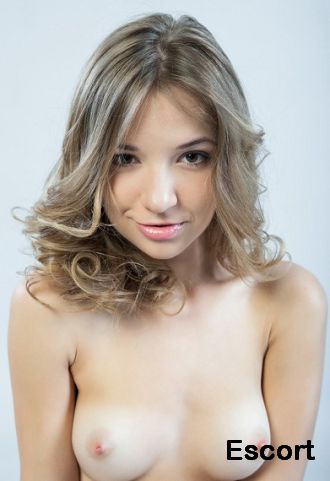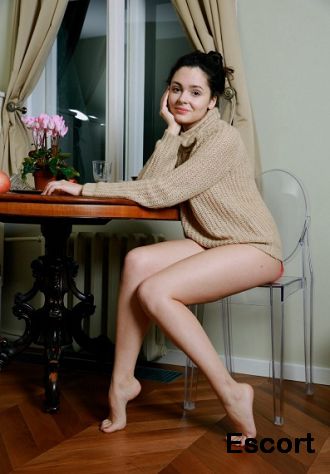
WEIGHT: 62 kg
Bust: Large
1 HOUR:90$
Overnight: +50$
Sex services: Foot Worship, Sauna / Bath Houses, For family couples, Massage professional, Deep Throat
HerStory Foundation www. This area nowadays, among others, grounds adjacent to the Castle and Castle Square , inhabited by Lublin Jews, constituted the poorest part of the city and lacked proper sewage and electricity systems. Water was drawn from wells and purchased by the bucket. One of the wells was located at the beginning of Szeroka Street, a main passageway below the Castle, and another at a present-day bus station — the well has been preserved up until now and is the last remaining relic of the Jewish neighborhood of pre-war Lublin.
Szeroka Street used to be the heart of the old Jewish neighborhood. Szeroka Street saw many parades of Jewish organizations. Their everyday language was Yiddish and Hebrew, the language of prayer, known and used only by men. Jewish women in pre-war Lublin would speak Yiddish and, in the case of assimilated families, Polish.
Until Lublin was under royal privilege called de non tolerandis Judaeis, by the power of which Jews could not settle within the city walls. Szeroka grew poorer and poorer.
In the Christian part of the Old Town lived mainly assimilated, well-educated and rich Jews, as for instance Franciszka Arnsztajnowa with her husband Marek Arnsztajn, the famous doctor and social-political activist.
It is worth mentioning that the bailey was the neighborhood with the main Hassidic centers in Lublin. A Jewish hospital, built in thanks to funds from the international Jewish community, was located at Lubartowska Street. It was one of the best-equipped and functioning hospitals in Lublin with a great gynecological and obstetric ward. Adjacent to the hospital was Lublin Yeshiva, one of the best rabbinic school in the world at the time. Established in by Majer Jehuda Szpire, the Talmudic school attracted students from across the world.


































